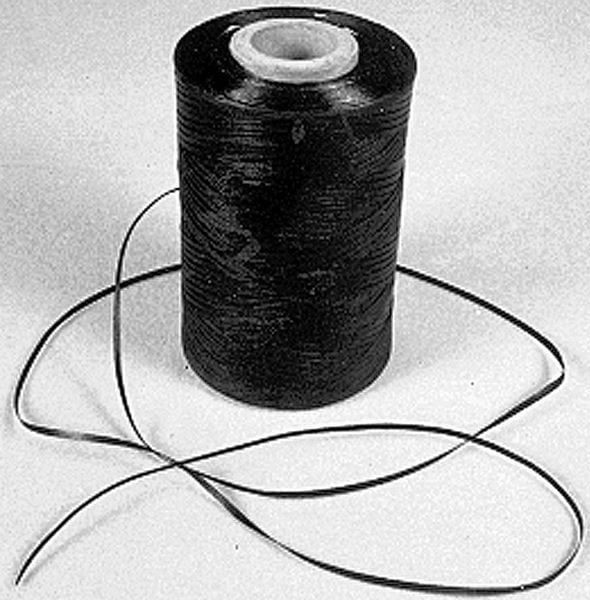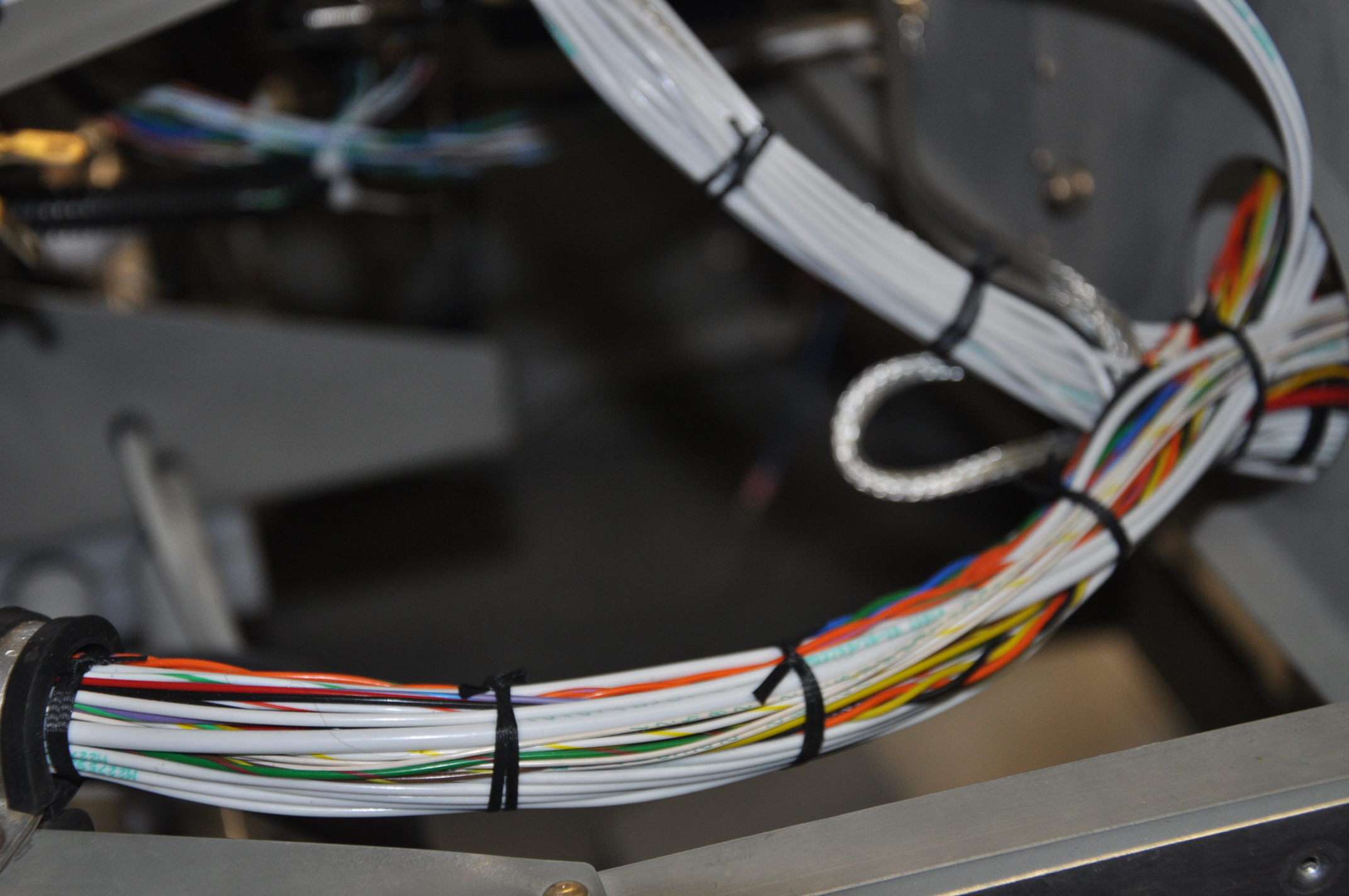May those plastic tie-wraps be used in some applications when routing wiring or lightweight hoses in the accessory section (forward of the firewall) by creating either a standoff when they run parallel, or directly when they cross?
Is there someplace online where one can find the "Best Practices" (or whatever it's called) to look this sort of thing up myself?
Thanks!
Is there someplace online where one can find the "Best Practices" (or whatever it's called) to look this sort of thing up myself?
Thanks!



